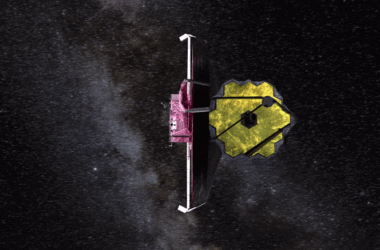
La galaxie CGCG 396-2, une fusion inhabituelle de galaxies à plusieurs bras qui se trouve à environ 520 millions d’années-lumière de la Terre dans la constellation d’Orion, telle que capturée par le télescope spatial Hubble. Crédit : ESA/Hubble & ; NASA, W. Keel
La galaxie CGCG 396-2, une fusion inhabituelle de galaxies à plusieurs bras située à environ 520 millions d’années-lumière de la Terre dans la constellation d’Orion, est capturée dans cette étonnante ;” data-gt-translate-attributes=”[{” attribute=””>NASA/ESA Hubble Space Telescope observation.
This observation is a gem from a citizen science project, known as the Galaxy Zoo project, in which hundreds of thousands of volunteers classified galaxies to help scientists solve a problem of astronomical proportions — how to sort through the vast amounts of data generated by robotic telescopes. Following a public vote, a selection of the most astronomically intriguing objects from the Galaxy Zoo was chosen for follow-up observations with Hubble. CGCG 396-2 is one of object the objects selected, and it was captured in this image by Hubble’s Advanced Camera for Surveys.
The Galaxy Zoo project originated when an astronomer was given the impossibly mind-numbing task of classifying more than 900,000 galaxies by eye. By making a web interface and inviting citizen scientists to contribute to the challenge, the Galaxy Zoo team was able to crowdsource the analysis. It was an incredible success: within six months a legion of 100,000 volunteer citizen astronomers had contributed more than 40 million galaxy classifications.
Since its initial success, the Galaxy Zoo project and its successor projects have contributed to more than 100 peer-reviewed scientific articles and led to a rich variety of intriguing astronomical discoveries above and beyond their initial goals. The success of the project also inspired more than 100 citizen science projects on the Zooniverse portal, ranging from analyzing data from the ESA Rosetta spacecraft’s visit to Comet 67P/Churyumov–Gerasimenko to counting killer whales around remote Alaskan islands!



